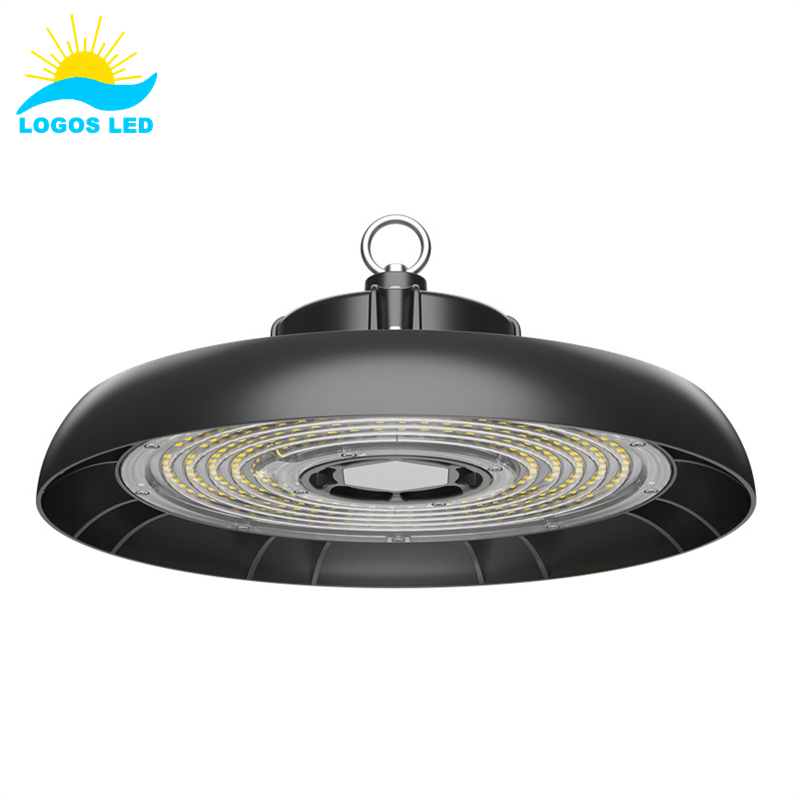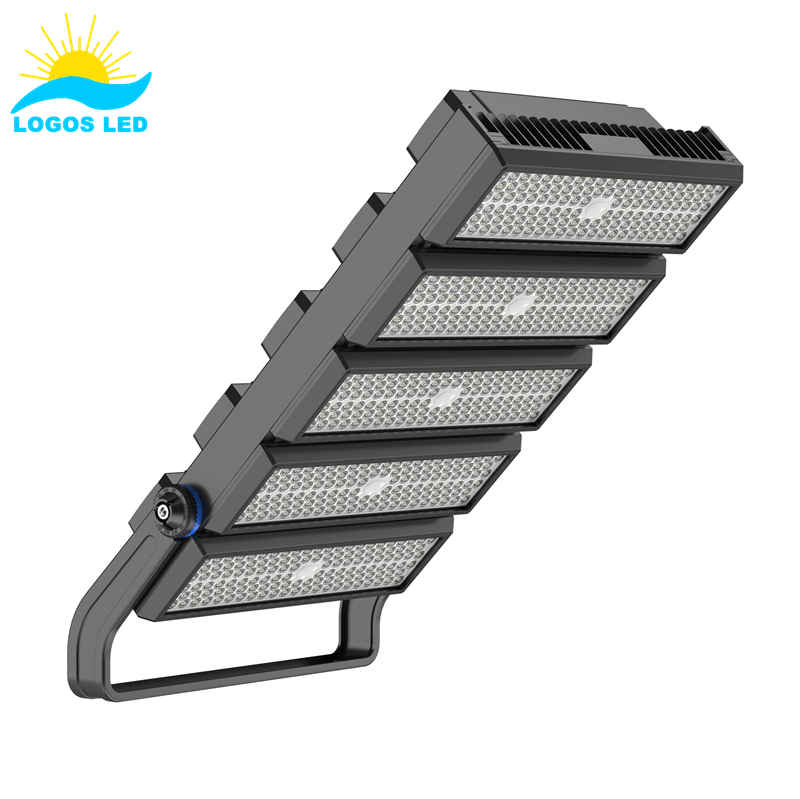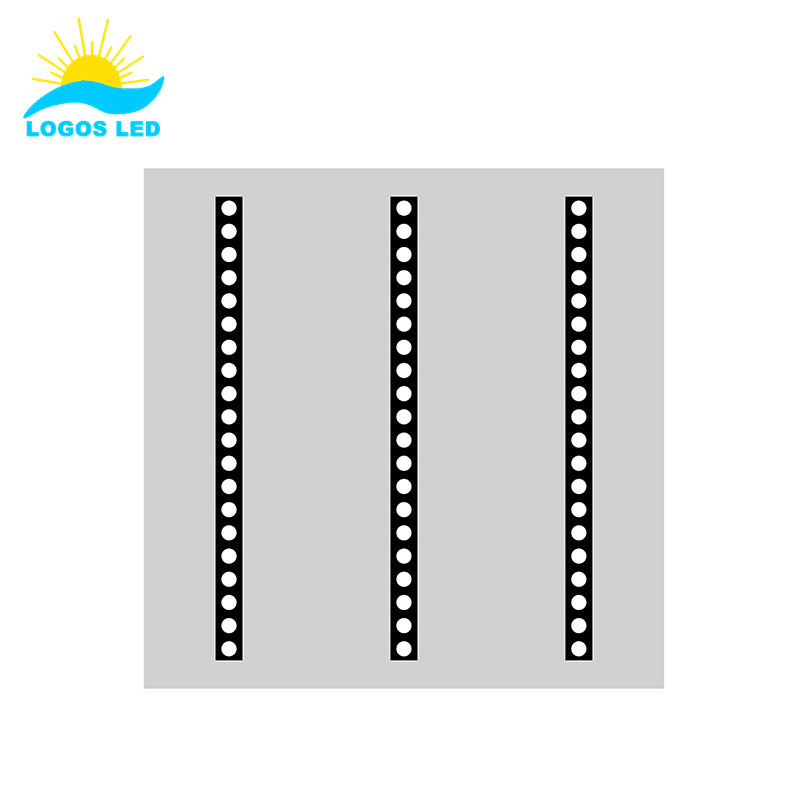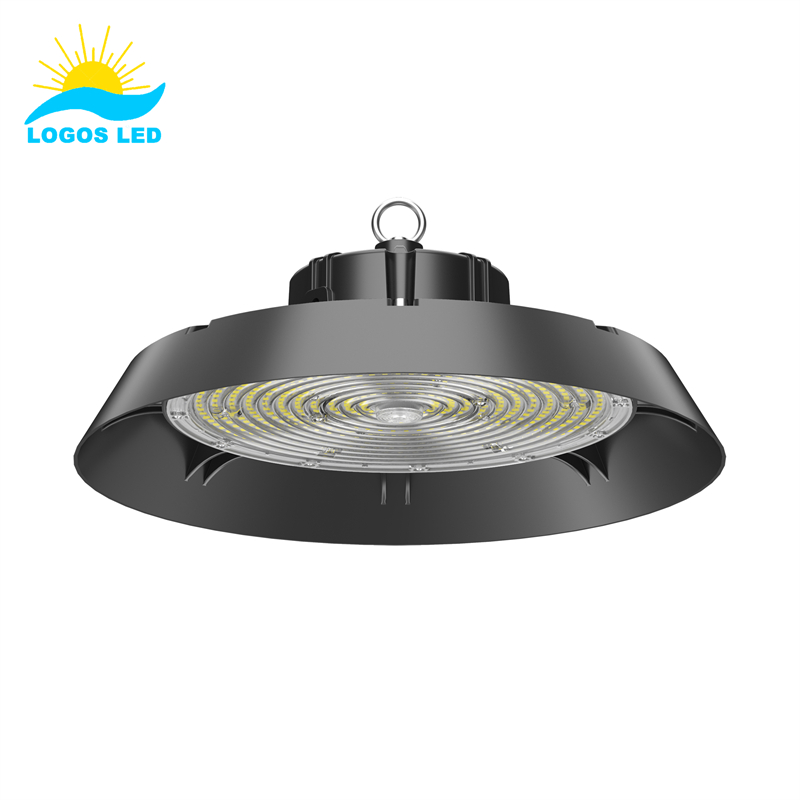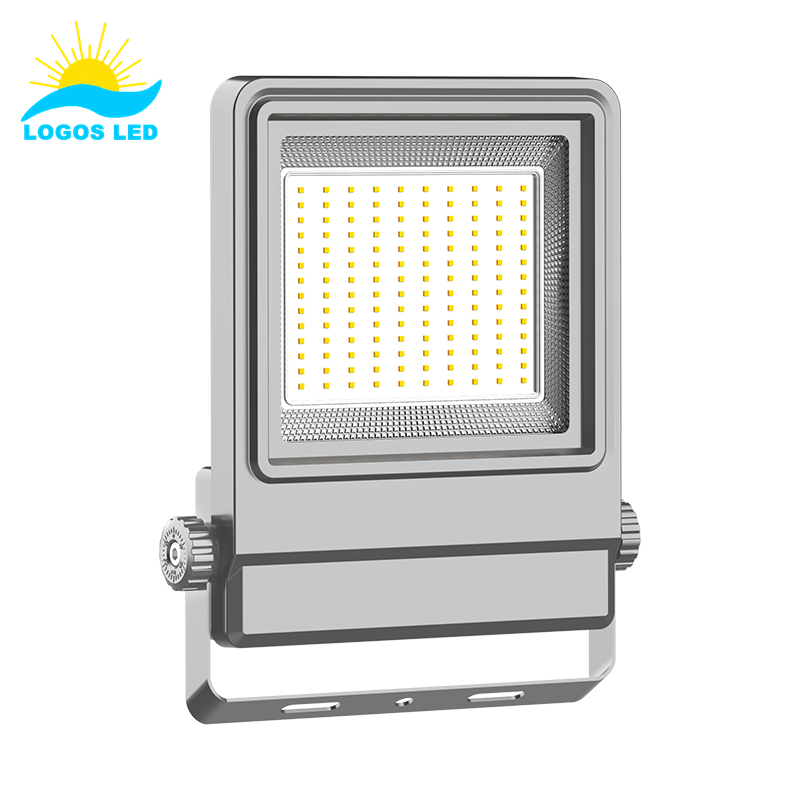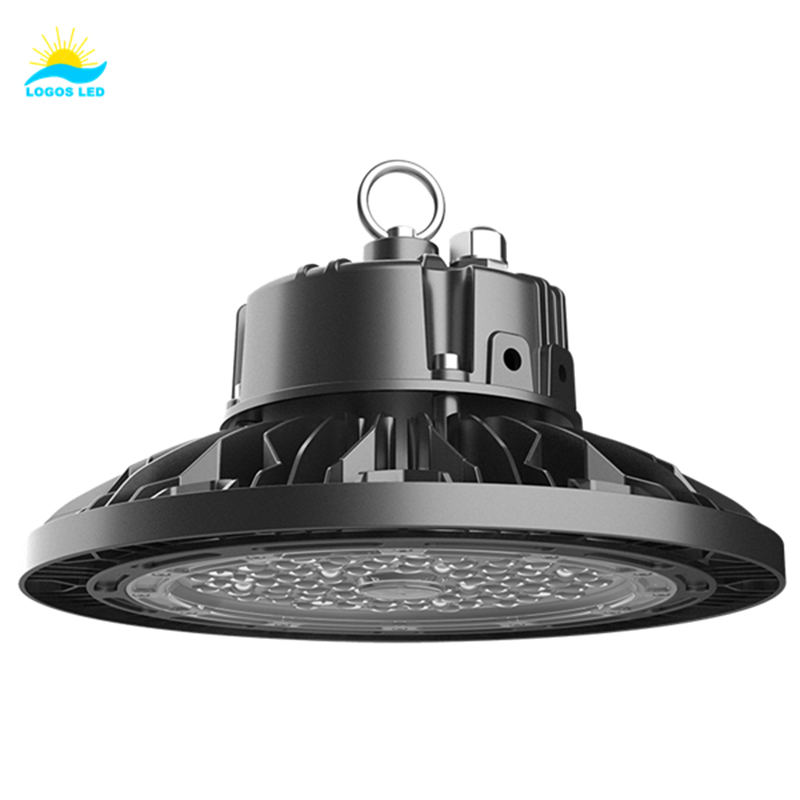Getting your ceiling lighting wrong? Yeah, I’ve been there—and trust me, it can totally wreck the vibe of a room. Go too bright and the place feels like a hospital. Go too dim and it’s basically useless. And don’t even get me started on bad placement—you end up with weird shadows or uneven lighting that drives you nuts. The key? Pick the right fixture and put it in the right spot. That’s how you get a room that looks great, feels good, and actually works the way you need it to.
Ceiling lights aren’t just about slapping a fixture in the middle of the room. You’ve gotta think about the size of the space, how high the ceiling is, and what you actually do in the room. The goal is to spread light evenly and pick a fixture that fits the look of the space. If the light is too small, it disappears. Too big, and it takes over. Nail the size and placement, and you’ve got a room that’s both functional and easy on the eyes.
Let’s break down the lighting rules that’ll help you get it right the first time.
Table of Contents
What is the Golden Rule of Lighting?
Here’s the golden rule I always follow when lighting any room: Layer it up. That means mixing three types of lighting—ambient, task, and accent. It’s not just about lighting up a space—it’s about making it work for you and look good doing it.
Ambient Lighting
Ambient lighting is your base layer. It lights up the whole room so you’re not walking into a cave. It gives you general visibility and sets the overall mood.
Here’s how I make ambient lighting work:
- Go with ceiling fixtures like chandeliers, flush-mounts, or recessed lights.
- Spread the light evenly—no dark corners allowed.
- Use warm white (2700K–3000K) in cozy spaces like bedrooms or living rooms, and neutral to cool white (3500K–5000K) in work zones like kitchens or home offices.
Task Lighting
Task lighting is where you bring in the muscle. It’s all about shining light exactly where you need it—whether you’re reading, cooking, or doing detailed work. It saves your eyes and makes your life easier.
To get it right:
- Use desk lamps, pendant lights, or under-cabinet lighting in spots where you do specific tasks.
- Go with fixtures that can dim or adjust so you control the brightness.
- Always aim the light to avoid casting shadows where you’re working.
Accent Lighting
Accent lighting is the secret sauce. It’s what gives a space character. You use it to highlight cool stuff—art, shelves, textured walls, whatever makes the room pop.
Here’s how I use accent lighting:
- Track lighting, wall sconces, or LED strips are my go-to tools.
- I aim them at a 30-degree angle to avoid glare and bring out depth.
- I make them at least 3x brighter than the room’s ambient light so the highlight stands out.
When I follow this layered approach—ambient for the base, task for function, and accent for style—I end up with a space that feels just right. It looks sharp, works well, and is way more comfortable to live in. That’s the magic of the golden rule of lighting.
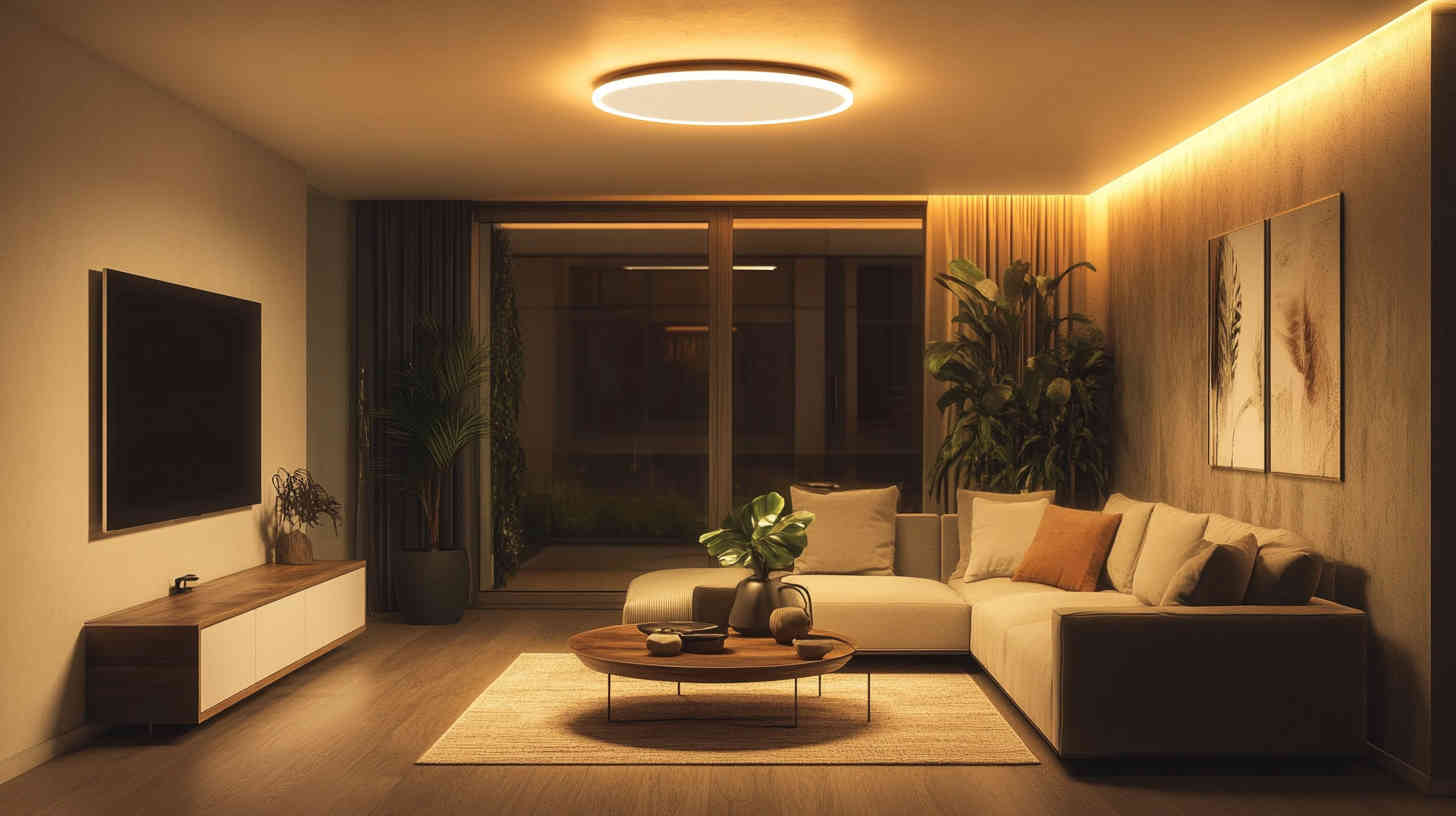
How Many Ceiling Lights Should Be in a Room?
When I’m figuring out how many ceiling lights to use, I always start with the size and function of the room. That’s the key. You don’t want too much light blinding you—or not enough, leaving dark corners everywhere.
- Small rooms (up to 100 sq. ft.): One central light usually does the trick. Or you can go with a couple of well-placed recessed lights.
- Medium rooms (100–250 sq. ft.): One ceiling fixture is a good start, but I always add some extra lighting for balance.
- Large rooms (250+ sq. ft.): You’re gonna need multiple fixtures or a layout of recessed lights to spread that light evenly.
The goal here is simple: no hotspots, no gloomy zones—just smooth, even light all around.
How Do You Calculate Ceiling Lights?
Here’s how I break it down when I’m trying to figure out how many lights a room needs:
- Measure the square footage—just multiply the length by the width.
- Figure out how much light the space needs. I usually go with 20 lumens per square foot for general lighting.
- Take that total and divide it by the lumen output of the fixture you’re using.
Example: If I’ve got a 200 sq. ft. room, I need about 4000 lumens total (200 × 20). If each light gives me 800 lumens, I’ll need five of them. Simple math, big difference in how the room feels.
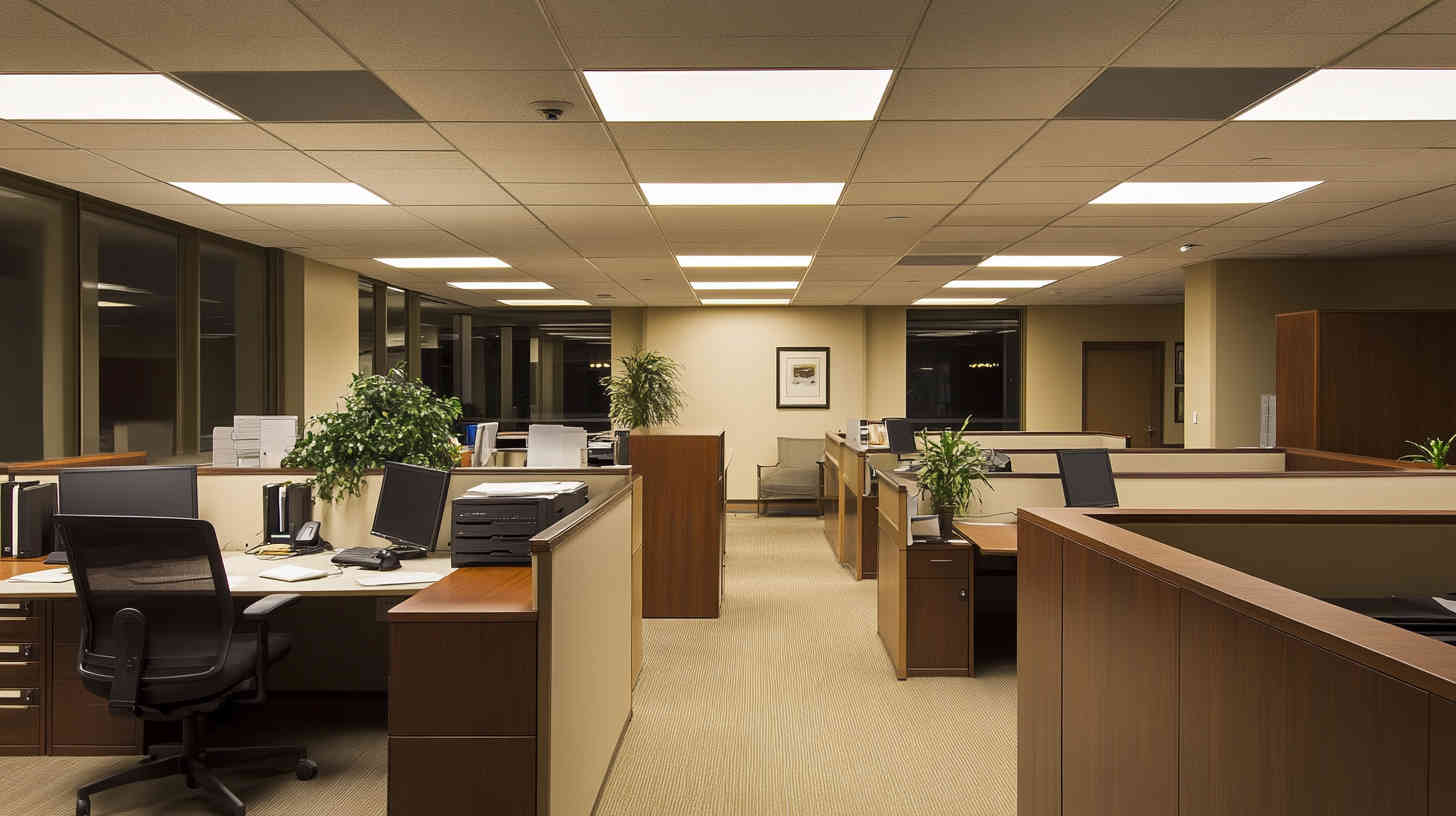
What Should I Look for in a Ceiling Light?
When I’m picking out a ceiling light, I don’t just go for the one that looks cool (though that matters too). I run through this quick checklist:
- Size: If it’s too big, it’ll overpower the space. Too small? It’ll look like an afterthought.
- Brightness: Make sure the lumens match what the room is used for.
- Color Temperature: I go warm for relaxing spots like bedrooms, and cool for places where I need to focus, like a home office or kitchen.
- Style: It has to fit the room’s vibe. No exceptions.
- Dimmability: I always prefer lights that let me dial the brightness up or down depending on the time of day or mood.
How to Choose the Right Kind of Light Fixture for Your Room?
Every room has its own needs, and I always match the fixture type to how the space gets used:
- Chandeliers: Great for making a statement in dining rooms or entryways. I use them when I want to impress.
- Flush Mounts: Perfect for low ceilings. They get the job done without getting in the way.
- Pendant Lights: I love these for kitchen islands and over dining tables—functional and stylish.
- Recessed Lights: Sleek and modern. Great when I want light without a visible fixture.
- Track Lighting: My go-to when I want to highlight art, bookshelves, or work zones. Super flexible.
Bottom line? The right fixture doesn’t just light up a room—it ties everything together and makes the space actually work for how you live in it.
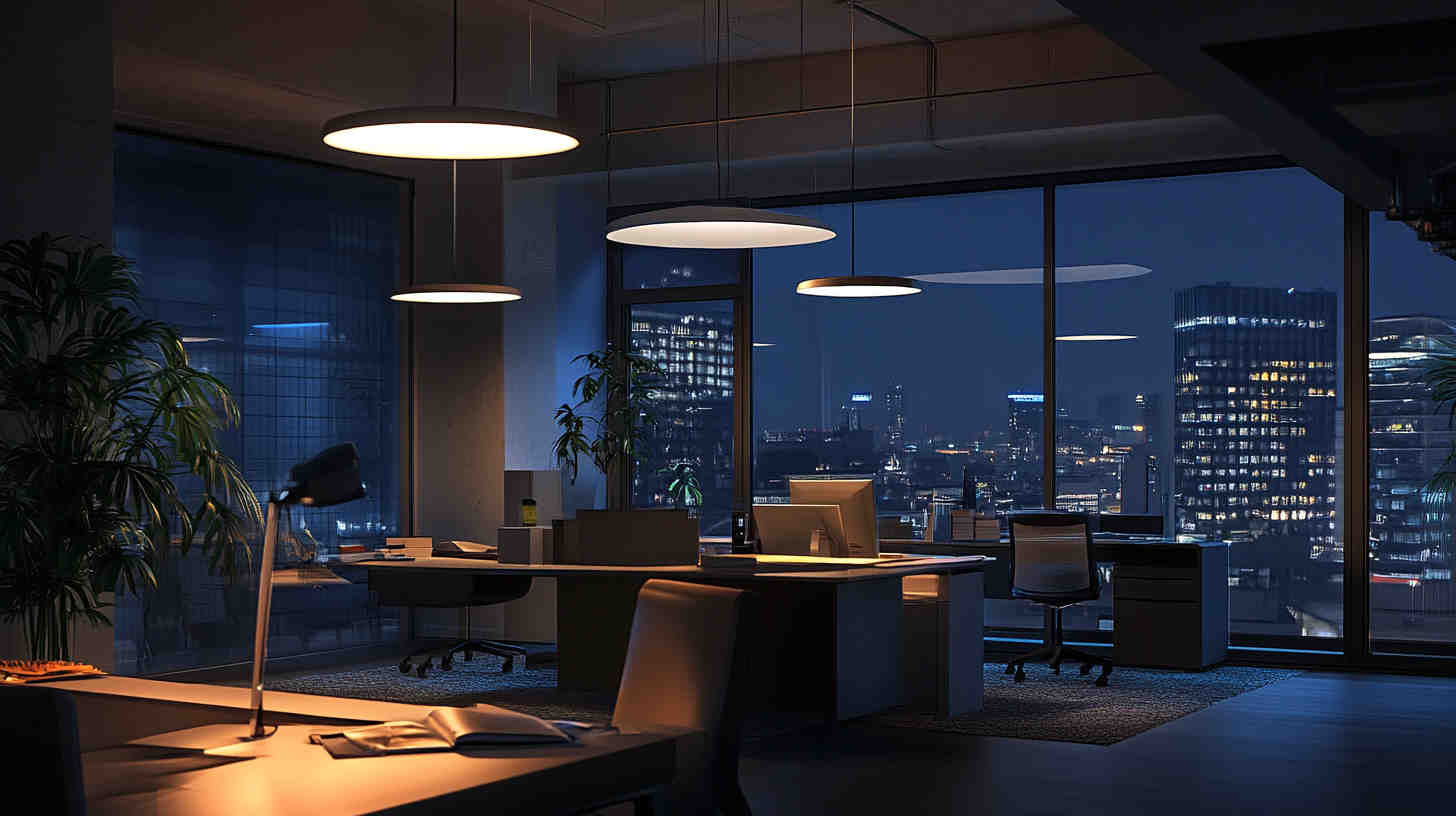
How Low Can a Ceiling Light Hang?
When I’m hanging a ceiling light, I always start with one thing—how tall the ceiling is. That makes or breaks the whole setup.
- Standard ceilings (8 ft.): I never let the fixture hang lower than 7 feet off the floor. You don’t want people bumping their heads every time they walk by.
- Dining areas: I usually drop the chandelier 30 to 36 inches above the table. That gives enough light and still looks elegant without getting in the way of conversation.
- High ceilings (10 ft. or more): That’s when I bring out longer chains or downrods to keep everything in proportion. No one wants a tiny fixture floating way up in no man’s land.
Do Wall Lights Have to Match Ceiling Lights?
Here’s the deal—I don’t think your wall and ceiling lights have to match like twins, but they should definitely look like they belong in the same family.
If you’re going for a clean, formal vibe, matching fixtures can nail that look. But sometimes I like to mix things up to add some depth and character. The trick is to keep one or two things consistent—maybe the finish, shape, or material. And please, don’t forget about the color temperature. Mixing warm and cool tones in one room? That’s just asking for a visual headache.
Bottom line: whether you match or mix, make it look like you meant to.
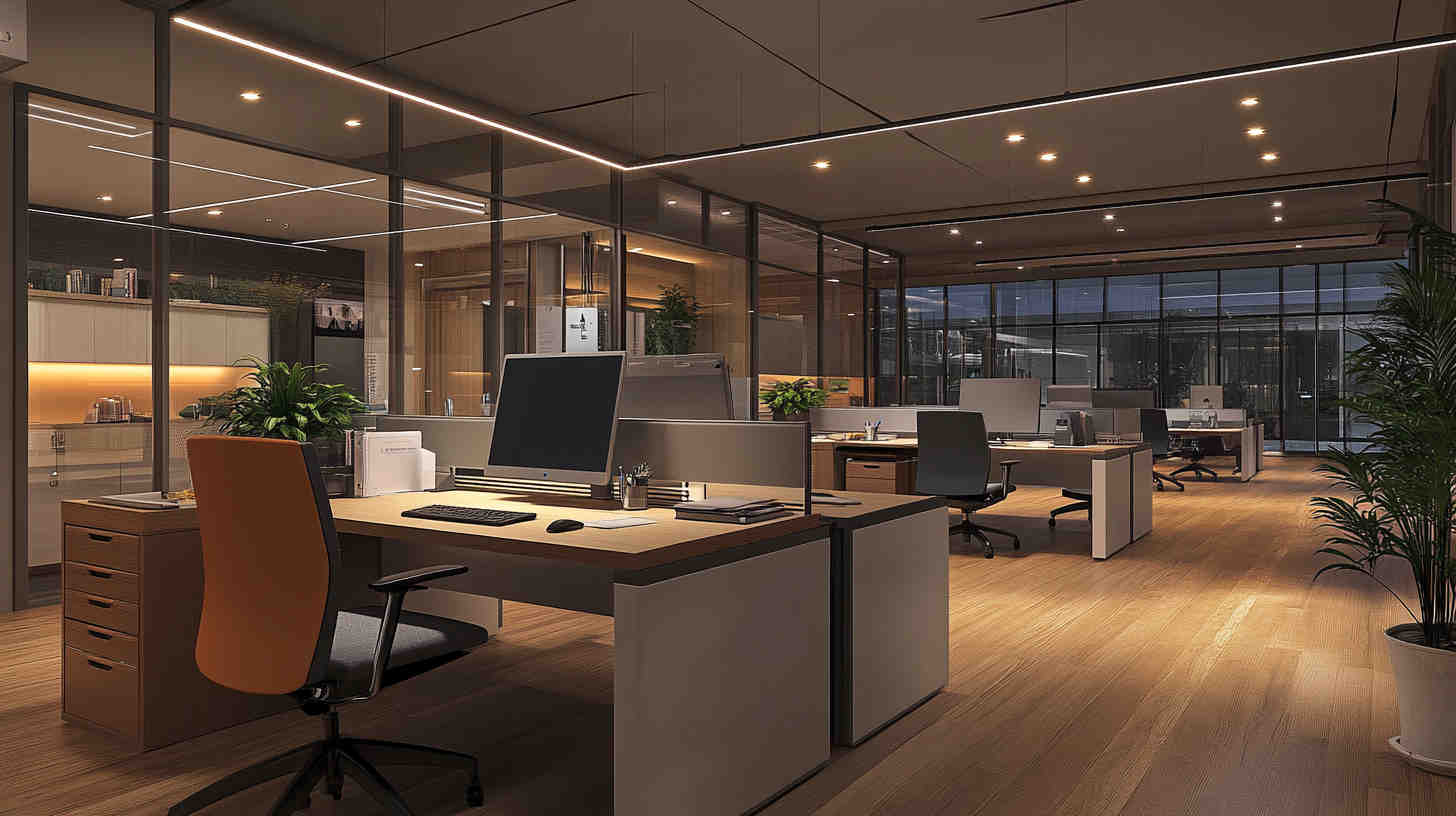
Does Every Room Need a Ceiling Light?
Honestly, not every room needs a ceiling light. I’ve designed plenty of spaces where lamps, wall sconces, or recessed lights do all the heavy lifting.
That said, in rooms like kitchens, dining rooms, and hallways, overhead lighting really helps with visibility and flow. If a room’s already got a lot of natural light or layered fixtures doing the job, I’ll often skip the ceiling light altogether. But if there isn’t one, I make sure to layer in ambient, task, and accent lighting to keep things functional and cozy.
How Far Should Ceiling Lights Be from the Wall?
Light placement can totally change the feel of a room, and I’m careful with how far ceiling lights sit from the walls.
- Recessed lights: I keep them at least 2 feet from the wall. Any closer and you get those harsh shadows that just don’t look good.
- Pendant lights: These I place based on what they’re lighting—centered over tables, kitchen islands, or work areas.
- Flush mounts: I put those right in the center of the room to make sure the light spreads out evenly.
Get the placement wrong, and the whole room feels off.
How Much Weight Can a Ceiling Hold for a Light?
When I install a ceiling light, especially a big one, I always check what kind of weight the ceiling can actually handle. Here’s how I break it down:
- Standard electrical boxes: These are fine for fixtures up to 50 pounds.
- Reinforced mounting brackets: I use these if the fixture is heavier than 50 pounds—like for those big statement chandeliers.
- Ceiling joists: If it’s something really heavy, I anchor straight into the joists. Better safe than watching your new light crash to the floor.
Always, always check the rating on the electrical box before you hang anything heavy.
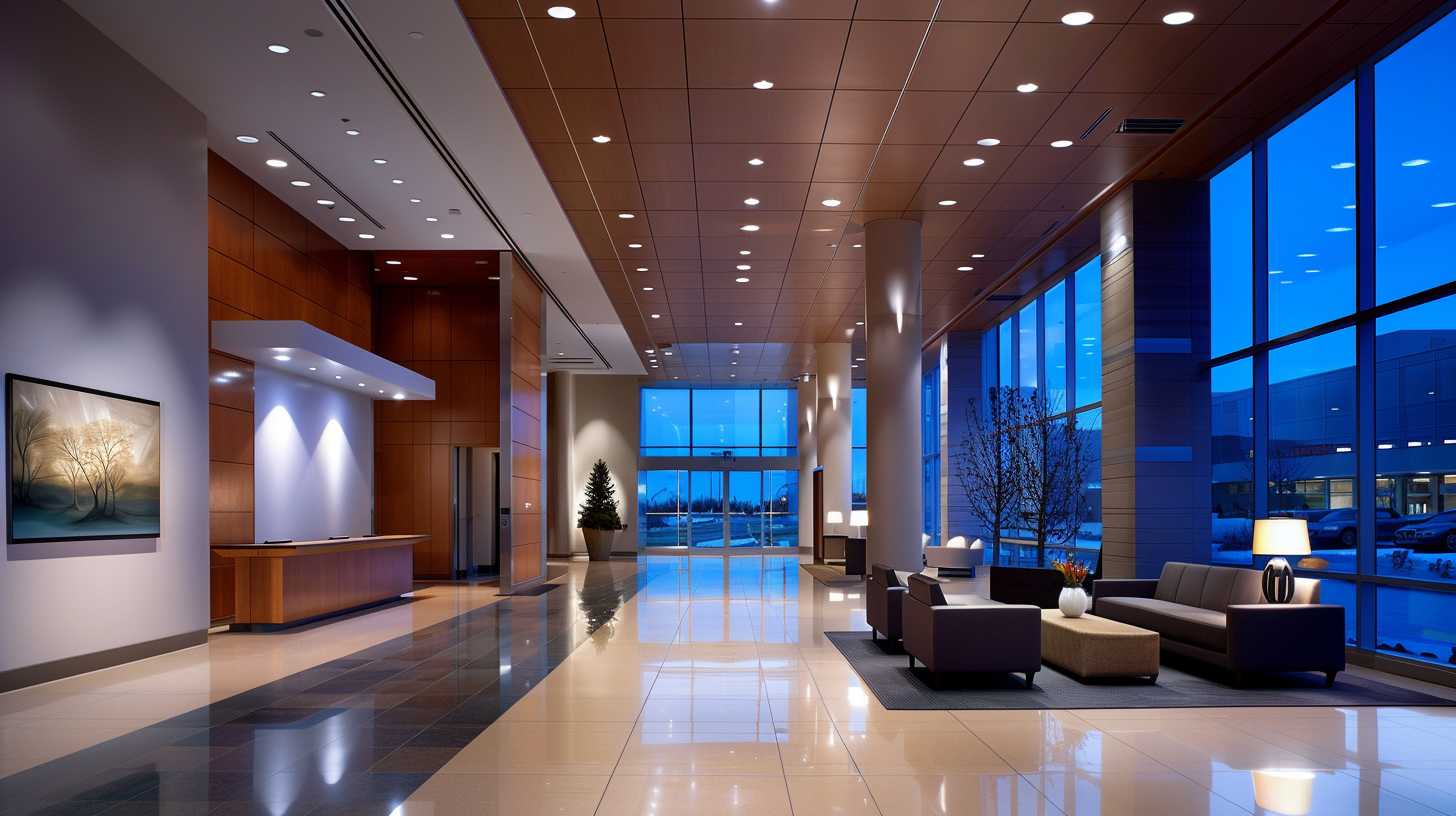
Conclusion
Getting ceiling lighting right isn’t just about picking a pretty fixture—it’s about smart choices, proper placement, and knowing what works for your space. Whether it’s hanging height, matching styles, or supporting weight, these are the details that make a room shine—literally. Need a hand finding the right ceiling lights? Reach out to us—we’ll help you nail the look and the function, guaranteed.
Request A Free Quote Now!
Send us a message if you have any questions or request a quote. We will get back to you ASAP!



